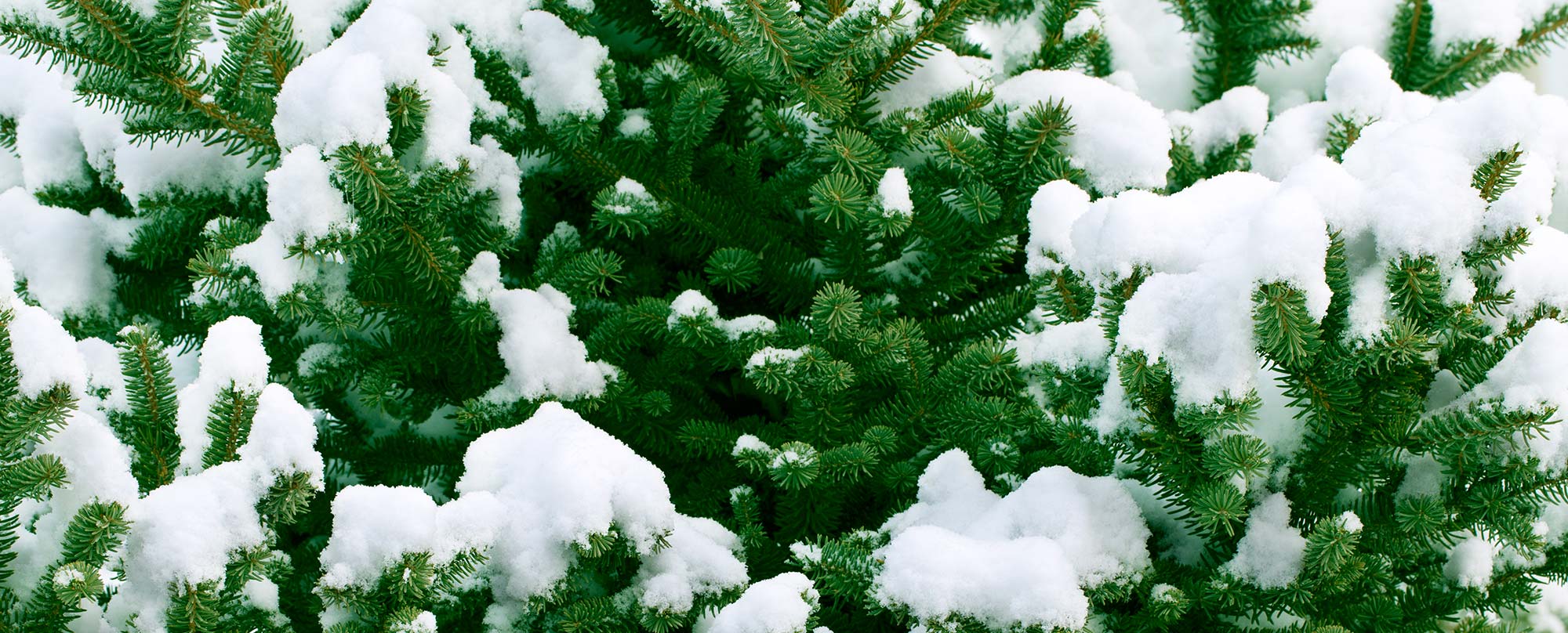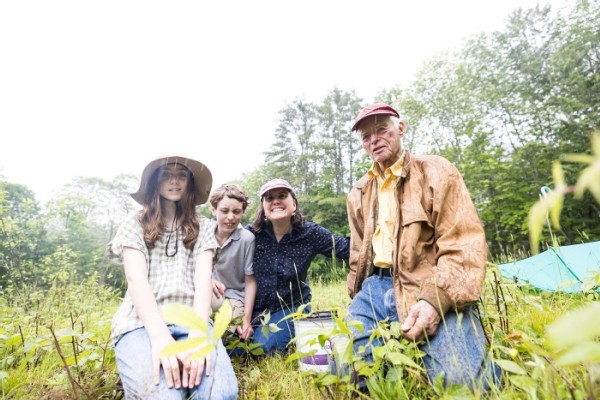I’ve known Terry Gulick long enough that my vegetable garden, which he once admired (not for its vegetables, but its volunteer crop of purslane), has gone to grass and begotten a 30-foot-tall boxelder tree. I have not known Terry long enough for him to make peace with this transformation. He takes a landscaper’s view that boxelders are junk trees – too low branching to offer meaningful shade, and too prolific to coexist amicably with other plants. “They drop their seeds everywhere,” he complained.
Terry and I met through The American Chestnut Foundation, for which he volunteered for many years. Although he may never forgive me for my unruly boxelder tree, there he was one day this past summer, parked in front of our house in the pouring rain. He had driven more than an hour to bring my family three chestnut seedlings of hybrid stock, the potentially blight-resistant offspring of trees that grow by his home. We shared an indoor picnic, then went outside to plant the chestnuts, despite the unrelenting downpour. This photo shows Terry, the kids, and me in front of a just-planted tree. It’s a somewhat misleading image, as my husband Tig and our neighbor Miller Ward did most of the shovel work.
I’m often surprised by ways that family events relate to content in the magazine. Case in point is the story on page 42, which Northern Woodlands accepted in pitch form long before Terry announced plans for a visit. Ecologist and tree climber Erica Hample is surely one of only a few people now living who has had the privilege of gazing out from the canopy of a blight-free, decades-old American chestnut tree. As I skimmed the final draft of Hample’s story, I imagined how, some distant October day, my by-then adult children may lay out tarps to rob the squirrels (as Hample describes naturalist Bernd Heinrich doing) and gather nuts for campfire roasting.
Our three little seedlings are faring well so far, and in this year of smoky skies and floods and yet-again record-breaking temperatures, I’m so grateful for them. As my 10-year-old son observed, Terry’s gift may help “a new tree spread in our forest, and that’s a special thing.” It really is. We need fewer environmental stories steeped in helplessness, and more examples of what people are doing on the side of habitat improvement and conservation, of cleaner air and water, of life.
This issue includes positive examples of many kinds: people working to restore wetlands, to maintain herbaria, to inspire public interest in the environment by celebrating big trees. I hope that you enjoy the third article in our forest carbon series, which addresses the differences between active and passive forest management, and explains how these approaches can complement each other, and support our region’s climate change mitigation and adaptation efforts.
A last note – on page 58, there’s a Robert Kimber essay, “The One That Got Away,” which first appeared in Yankee’s October 2000 issue. Bob, a beloved former columnist and friend of the magazine, is publishing a new collection of his essays, including many of his Northern Woodlands columns, and we wanted to share an excerpt that will be new to most of our readers. Look for Lost But Found: An Upcountry Life later this season.


